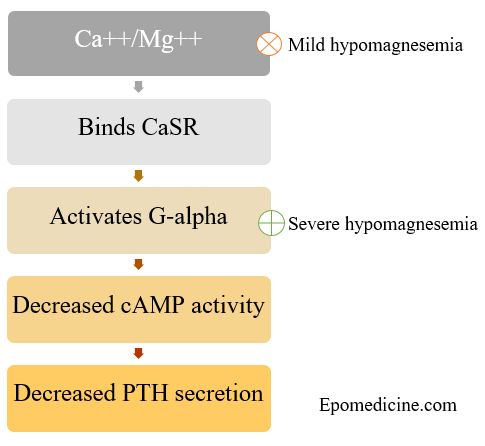You must have seen the statement in First Aid that says – low serum magnesium causes increase in Parathyroid hormone secretion and very low serum magnesium causes decrease in Parathyroid hormone secretion. Doesn’t this make you curious? Let’s explore the underlying mechanism in depth. How Calcium and Magnesium Mediated PTH…
Author: Epomedicine
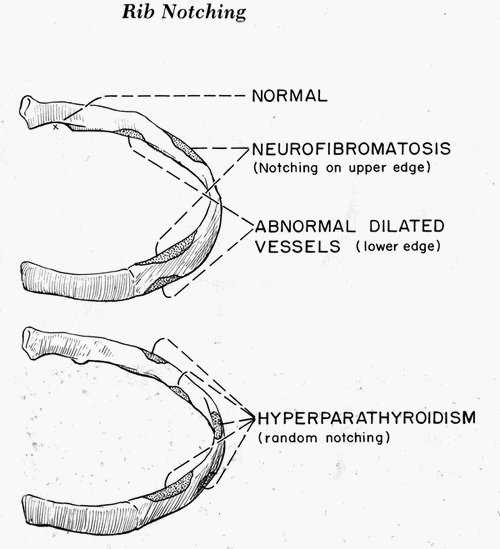
Rib Notching
Normal Rib Notching A small notch near the costo-vertebral joint is normal, so pathologic rib notching is more likely if the notching is more lateral. Types of Pathological Rib Notching 1. Superior rib notching 2. Inferior rib notching (more common) Inferior Rib Notching (Roesler’s sign) Mechanism: Enlargement of one or…

Strawberry in Medicine
Strawberry in past has been mentioned in medicinal uses. This garden fruit is eponymoous to several important clinical signs in medicine. The list below is not a new one but a recompilation. Strawberry tongue: Surface of the tongue is coated with a thick white fur, through which protrude bright red…
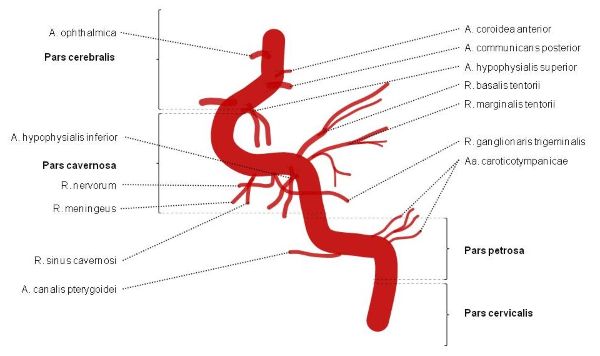
Internal Carotid Artery – Segments and Branches
7 segments of Internal Carotid Artery We have already discussed a mnemonic to remember the course of Internal Carotid Artery with the help of 2 horizontal “S” under the topic of Circle of Willis. C1 – Cervical segment C2 – Petrous (horizontal) segment C3 – Lacerum segment C4 – Cavernous…
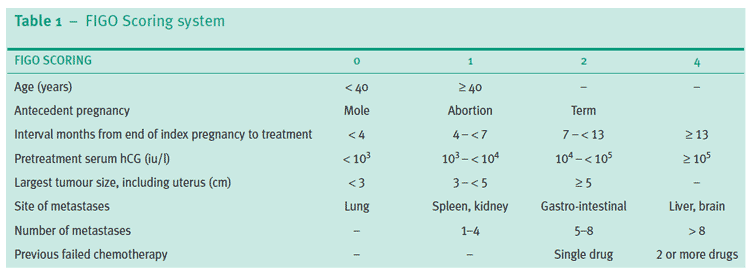
Gestational Trophoblastic Neoplasia (GTN) : Quick review
Follow-up protocol Post-Evacuation of Molar Pregnancy Weekly hCG measurements until hCG becomes undetectable Once hCG is undetectable, 2 further specimens should be obtained at weekly intervals Then monthly for 6 months and then Every 2 months for a further 6 months Diagnosis of GTN The diagnosis of GTN is made…
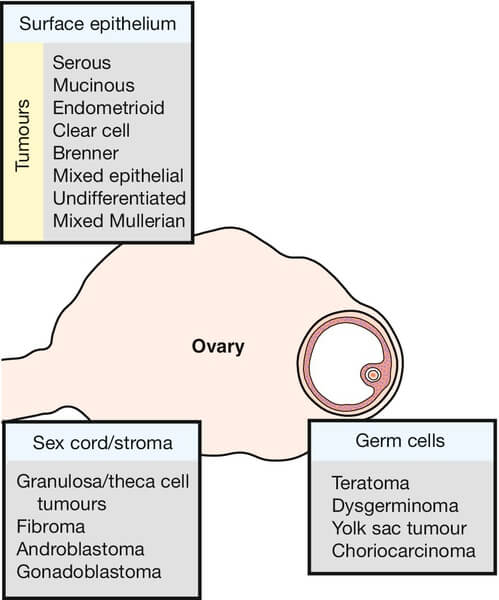
Pathology of Ovarian Tumors – Quick Review
The latest TNM and FIGO staging for Ovarian Cancer has been discussed earlier here. Here, we will discuss pathology of ovarian tumors in short and in a way thats easy to grasp. WHO Classification of Ovarian Tumors Cells of origin Surface coelomic epithelium Germ cells Sex cord, stromal cells Metastatic…
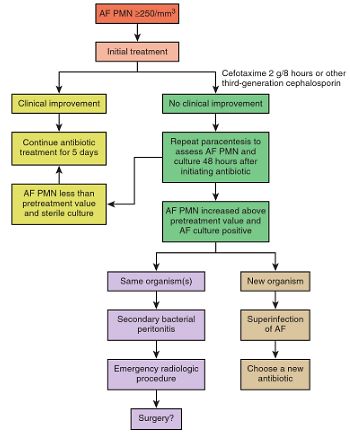
Ascitic Fluid Analysis : How to come to diagnosis?
We have already discussed about the practical essentials about Ascitic Paracentesis including absolute contraindications, site of needle entry and appropriate volume replacement. Laboratory analysis of ascitic fluid may provide answers to important clinical questions, as its composition varies depending on the underlying cause. Gross Special test WBC (/mm³) – most useful PMN…
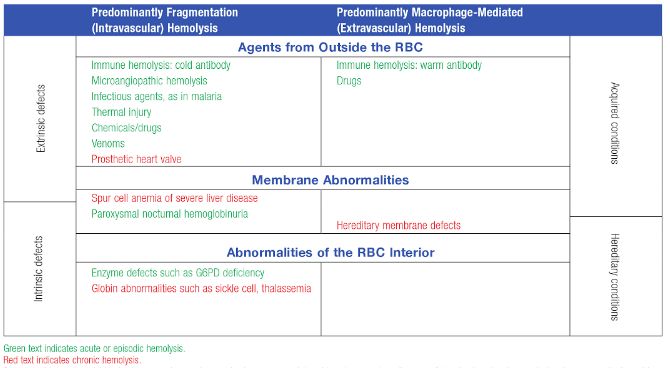
Hemolytic Anemia – Quick review
Although, we classify as intravascular and extravascular hemolysis, “diseases” don’t read the book. These disorders may be described as causing extravascular hemolysis, but your case may be the uncommon exception with intravascular hemolysis that was not mentioned. Diseases may cause anemia by both intravascular and extravascular hemolysis. Extravascular hemolysis typically…
